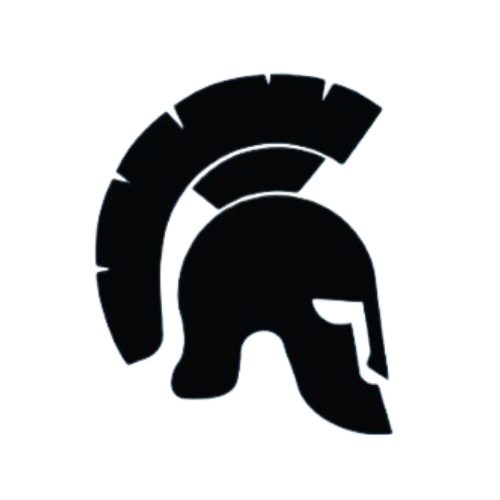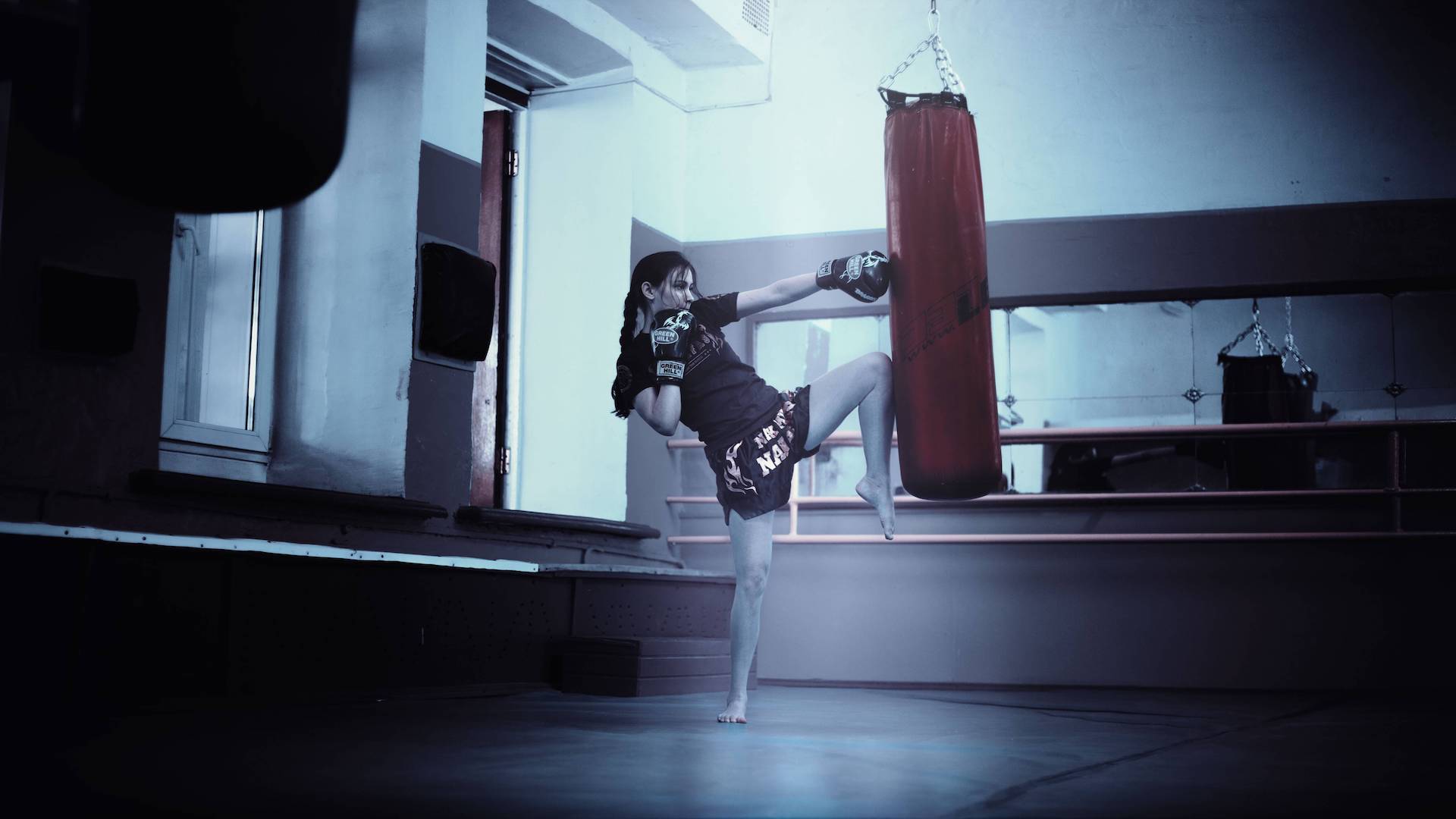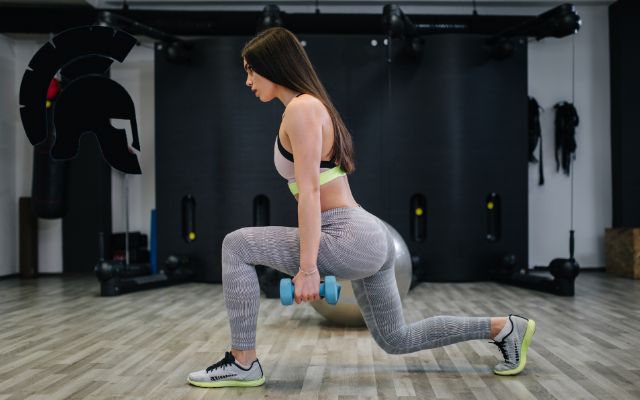Many fitness enthusiasts find themselves questioning the best exercise for targeting their lower body – the split squat or the lunge. They often struggle with knowing which exercise is optimal for their specific goals and fitness level. This post is designed to clarify the key differences between these two exercises, helping you choose the best option based on your individual needs and preferences. We will explore the nuances of movement patterns, muscle engagement, and skill requirements to give you a comprehensive understanding of each exercise and empower you to make informed choices.
Split Squat Vs Lunge: Key Differences & Similarities
| Feature | Split Squat | Lunge |
|---|---|---|
| Definition | A stationary movement where one foot stays forward and the other stays back throughout the exercise. | A dynamic movement where you step forward, backward, or to the side to complete the motion. |
| Primary Muscles Worked | Quadriceps, glutes, hamstrings, calves | Quadriceps, glutes, hamstrings, calves |
| Stability | More stable; easier to balance since feet remain in a fixed position. | Less stable; requires more balance and coordination due to stepping motion. |
| Range of Motion | Typically a shorter range of motion since there’s no forward/backward step. | Larger range of motion as the step adds movement. |
| Difficulty Level | Easier for beginners to learn and control. | Slightly more advanced due to the dynamic movement. |
| Core Engagement | Moderate core engagement for balance. | Higher core engagement to stabilize the body during the step. |
| Best For | Building strength and stability in the lower body; focusing on one leg at a time. | Improving balance, coordination, and functional movement patterns. |
| Variations | Bulgarian Split Squats (elevated rear leg), Weighted Split Squats | Forward Lunge, Reverse Lunge, Walking Lunge, Weighted Lunges |
| Impact on Joints | Less impact on the knees due to the controlled, stationary movement. | May place more strain on knees, especially during forward lunges. |
| Equipment | Can use body weight, dumbbells, kettlebells, or a barbell. | Similar equipment options as split squats. |
| Progression | Ideal for controlled strength building before advancing to dynamic movements. | Suitable for advancing once strength and balance are developed. |
Movement Pattern
A fundamental difference lies in the movement pattern. The split squat maintains a static foot position, primarily focusing on a vertical movement from a slightly staggered stance. This characteristic often makes it easier for beginners to master the form. Conversely, the lunge involves a dynamic movement, transitioning between positions, making it a more complex exercise that requires more coordination and balance. Both exercises, however, target the lower body and engage similar muscle groups, making them both potent choices for strength training and hypertrophy.
Muscle Engagement (Focus)
While both exercises work the quads, glutes, and hamstrings, the nuanced differences are significant. Split squats, especially variations like the front and rear foot elevated split squats, tend to place more emphasis on the front leg’s quadriceps and hip extensors. This is particularly true if you are performing split squats with a heavier load. Lunges, on the other hand, distribute the work more evenly across the quads, glutes, and hamstrings, though the specific engagement varies significantly based on the lunge variation. A reverse lunge, for instance, will focus more on the posterior chain than a forward lunge.
Skill Requirement
The skill required for each exercise is intrinsically linked to its movement pattern. Split squats typically demand less balance and coordination as the foot remains stationary. This makes them often suitable for beginners and those with limited mobility or balance issues. Lunges, however, require more sophisticated balance, coordination, and control as the foot transitions between positions. This dynamic motion can place a greater demand on the body’s ability to decelerate and maintain stability, hence, it might be slightly more difficult for beginners. Variations within each exercise can also influence the skill requirement.
Benefits & Drawbacks
Strength Development
Both split squats and lunges are highly effective for building lower body strength, targeting the major muscle groups of the legs. Progressive overload, by increasing weight or resistance gradually over time, is essential for maximizing strength gains in both exercises. The loading scheme heavily influences the results, especially for pushing past plateaus.
Hypertrophy (Muscle Growth)
Both exercises can effectively stimulate muscle growth (hypertrophy). However, split squats, when performed with appropriate volume and intensity, might offer a slight advantage in some cases. Factors such as volume, rep range, rest periods, and the individual’s training history influence the effectiveness of each exercise in promoting muscle hypertrophy.
Athletic Performance
These exercises are advantageous for enhancing single-leg strength, balance, and coordination. This translates to improved performance in athletic movements requiring single-leg stability, power, and control, such as sprinting, jumping, and cutting. Consider the benefits to sport-specific movements when choosing an exercise.
Drawbacks
Both split squats and lunges can pose risks if form is compromised. Inadequate form can lead to joint stress and overuse injuries, especially in the knees, hips, and ankles. Ensuring proper technique is paramount to mitigate these risks. Improper form can exacerbate injuries and hinder progress.
Form & Technique
Split Squat
Maintaining a neutral spine and controlled descent are crucial. A proper setup involves a staggered stance with the front foot positioned directly in front of the hip. Correct depth involves a controlled descent until the front thigh is parallel to the ground. Common mistakes include a forward lean, collapsing knees inward, and uneven weight distribution.
Lunge
A proper stepping technique with correct foot placement is key. Maintaining a vertical torso and balanced weight distribution are paramount. Controlled descent and return to the starting position are vital aspects of form for lunges. Forward lean, uneven weight distribution, arching back, and knees extending past toes are common errors to avoid.
Variations
Variations exist within each exercise that alter the muscle engagement and the required skill level. Front lunges, reverse lunges, and Bulgarian split squats (a variation of the split squat) are effective options for targeting specific muscle groups and adjusting the challenge. Knowing how these variations affect form and muscle engagement is important to optimizing results.
Variations & Progressions
Split Squat Variations
These include traditional, front foot elevated, rear foot elevated, and Bulgarian split squats. Gradually transitioning between these variations enhances overall leg strength and addresses potential weaknesses. You can progress from one variation to another as your strength and flexibility improve.
Lunge Variations
Forward, reverse, lateral, and walking lunges provide different challenges and target specific muscle groups. Progress from basic lunges to more advanced variations, such as walking lunges, to increase the intensity and difficulty. Gradual progression is important.
Adding Resistance
Incorporating free weights, dumbbells, kettlebells, or resistance bands significantly increases the difficulty of both exercises. Adding resistance appropriately while maintaining proper form is essential to prevent injury and maximize results. Consult with a trainer to find an appropriate weight.
Progressing from One to the Other
One exercise can be a stepping stone to mastering the other. If you master the split squat, you can use it as a foundation to progress into lunge variations or vice versa. Transitioning smoothly between exercises with mindful attention to your form is important.
Which is Better for You?
Beginner
Split squats are generally more accessible for beginners due to their static nature and controlled movement. Their simplicity makes them a beneficial starting point for building a solid foundation of single-leg strength.
Intermediate
Both split squats and lunges offer advantages for intermediates. Choose the exercise based on your specific weaknesses, injury history, and fitness goals. Experiment to determine which exercise suits your training approach.
Advanced
Advanced trainees can benefit from utilizing both exercises to explore different variations, adjust resistance, and fine-tune their strength training approach. Experimentation with both is key to optimal performance in varied athletic demands.
Individual Needs
Pre-existing injuries, joint limitations, or muscle imbalances can significantly influence the choice between split squats and lunges. Consult with a professional to personalize your approach based on your specific needs.
Conclusion
Split squats and lunges are valuable lower body exercises with distinct characteristics. Choosing the best option depends on individual factors, goals, and fitness level. Proper form is paramount for injury prevention and maximizing results.








